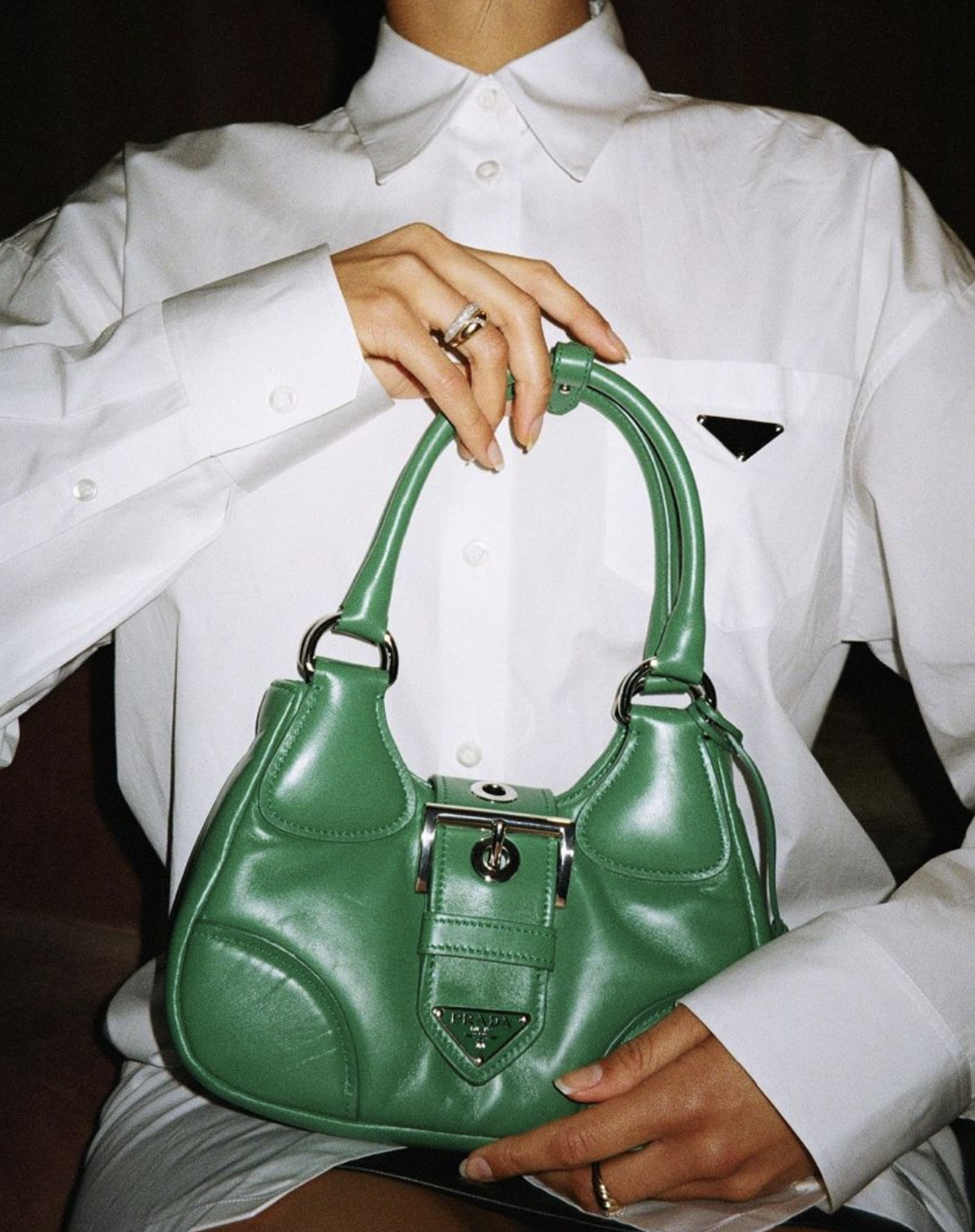Wimbledon, the most historic and revered tennis championship globally, is renowned not only for its top-tier matches but also for its stringent dress regulations mandating that participants don predominantly white outfits. This distinctive custom has become a crucial element of the tournament’s character, impacting tennis style and igniting continuous debates about the equilibrium between tradition and contemporary trends in sports apparel.
The all-white dress code at Wimbledon dates back over a century and was originally intended to reflect notions of cleanliness and decorum associated with the sport’s upper-class roots. Wearing white was believed to minimize the visible signs of sweat, preserving a sense of elegance on the court. Today, despite evolving fashion trends and technological advances in athletic wear, the tournament continues to enforce these rules rigorously.
Players competing at Wimbledon must adhere to detailed guidelines specifying that their outfits be almost entirely white, including shirts, shorts or skirts, socks, and even undergarments visible during play. Accessories such as headbands, wristbands, and shoes are also subject to restrictions to maintain a uniform appearance. The tournament’s officials closely monitor compliance, occasionally requiring athletes to change if their attire deviates from the standards.
This dress code has shaped the way players and designers approach tennis apparel for Wimbledon, encouraging creativity within strict boundaries. Sportswear brands collaborate with athletes to develop clothing that meets performance needs while respecting the color requirements. Lightweight fabrics, moisture-wicking technology, and tailored fits help players maintain comfort and mobility under the scrutiny of tradition.
Although numerous individuals consider the white dress code to be an endearing component of Wimbledon’s tradition, it has faced its share of controversy. Detractors claim that the rule is antiquated and restricts personal expression. Additionally, some note that the stringent application can occasionally diminish player uniqueness or make it difficult to incorporate sponsorship logos and contemporary branding techniques.
In the past few years, various participants have explored the limits by introducing delicate patterns, edges, or shades of white, sparking debates on the extent of the code’s interpretation. The competition has sometimes revised its rules to specify permissible subtleties, showing an openness to evolve while maintaining essential values.
Beyond Wimbledon, the impact of its dress code reaches far into the wider tennis world and even affects fashion trends. The focus on wearing white has influenced clothing lines beyond the court and reinforces the sport’s connection to classic, sophisticated appearances. Tennis whites continue to be a favored fashion expression, representing heritage, fair play, and lasting style.
Wimbledon’s strict dress code demonstrates the importance of uniformity in sports and how clothing can embody the values of an institution. By upholding consistent apparel standards, the tournament promotes a sense of cohesion and regard for its history, setting it apart from events with more lenient or diverse attire guidelines.
From a practical standpoint, white clothing under the summer sun offers players some advantages, reflecting sunlight and helping to keep athletes cooler during intense matches. This functional aspect supports the enduring appeal of white attire in tennis, complementing the symbolic and aesthetic reasons for its preservation.
As conversations surrounding inclusivity and modernization persist in the sports world, Wimbledon’s dress code is a central topic for discussions on maintaining respect for tradition while adapting to changing cultural standards. The way the tournament handles these challenges might affect future global sportswear policy strategies.
The history of Wimbledon’s dress code also intersects with changing gender norms in tennis fashion. Women’s attire at the tournament has evolved from long dresses to shorter skirts and shorts, reflecting shifts in athletic performance standards and societal attitudes, all while maintaining the signature white palette.
Additionally, the attire regulations influence how players ready themselves and concentrate mentally. Adhering to specific colors and styles can instill a feeling of discipline and professionalism, bringing athletes in tune with the esteemed environment of the tournament. For certain individuals, the code boosts their competitive spirit by linking them to a tradition of champions.
The focus of the tournament on tradition, including dress codes, aligns with other features of Wimbledon, such as its strict etiquette guidelines, the lack of sponsor logos on the courts, and the popularity of strawberries and cream among attendees. These aspects collectively offer a unique experience appreciated by both players and spectators.
Looking forward, it is expected that Wimbledon’s clothing guidelines will keep blending modern elements with tradition. Progress in material technology and styling will help athletes excel while adhering to the classic all-white rule. At the same time, continuous discussions among interested parties will determine how heritage and contemporary elements interact on the most prestigious tennis arena.
In summary, the all-white dress code at Wimbledon remains a defining characteristic that reflects the tournament’s rich history, cultural values, and unique identity within the sport of tennis. It influences fashion, performance, and perceptions of the game, illustrating the powerful role that clothing and tradition play in shaping athletic experiences.
For players, designers, and fans, this code represents more than a simple rule—it is a symbol of continuity, elegance, and respect that connects past, present, and future generations of tennis enthusiasts worldwide.



